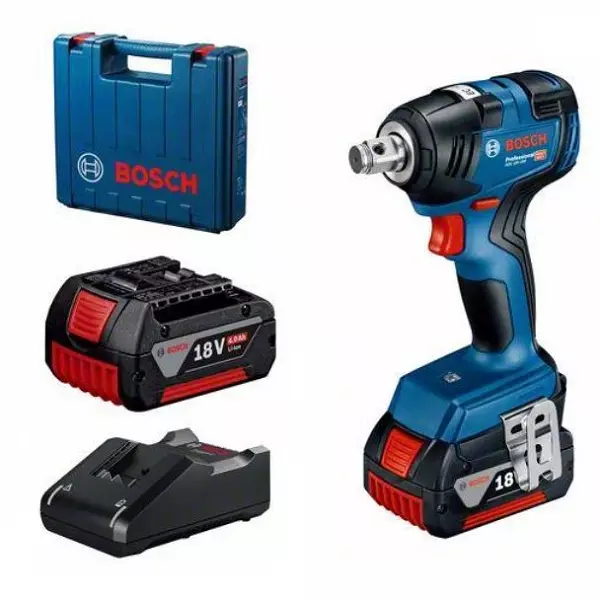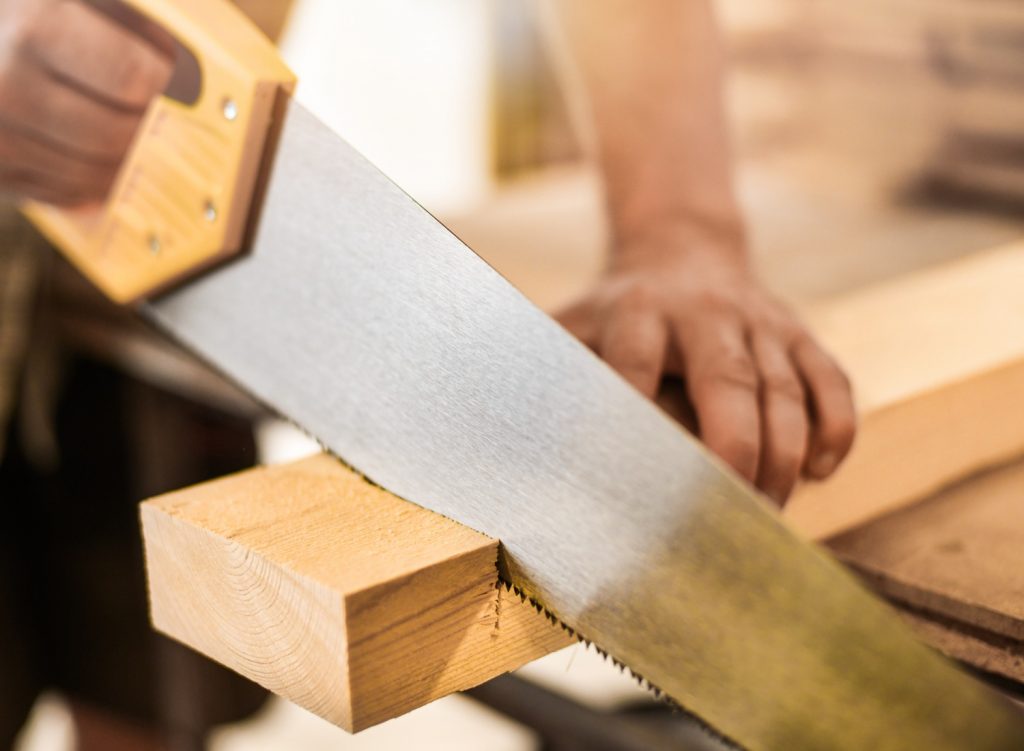When it comes to choosing the right tool for the job, it’s essential to consider a variety of factors such as size, power, weight and torque. An impact wrench is a powerful and versatile tool used for a variety of applications, from automotive repairs to industrial construction. When deciding between a 3/8 or 1/2-inch impact wrench, it’s essential to compare and contrast the two to determine which is best suited for your needs. In this blog post, we will compare a 3/8 and 1/2-inch impact wrench in terms of size, power, weight and torque to help you determine which size is the most suitable for your project.
We will also provide tips and tricks for using and maintaining your impact wrench correctly. Read on to learn more about the comparison between 3/8 and 1/2-inch impact wrenches so you can make an informed decision when investing in this potentially invaluable tool.

Contents
1. Size and Weight
When it comes to size and weight, there is a pretty big difference between 3/8-inch and 1/2-inch impact wrenches. The 3/8-inch impact wrench is typically smaller, lighter in weight, and easier to handle than the 1/2-inch impact wrench. It is also more compact, allowing you to fit it into those tight spaces more efficiently. The 1/2-inch impact wrench, on the other hand, is heavier and bulkier, making it more challenging to maneuver, but it also delivers more power than the 3/8 inch.
2. Power Output
When comparing 3/8 and 1/2-inch impact wrenches, it’s important to consider power output. While both sizes are designed to loosen and tighten nuts, bolts, and other fasteners, the 1/2 inch can produce more power than the 3/8 inch. The 1/2 inch is capable of producing up to 450 ft-lbs of torque, compared to the 3/8 inch’s 300 ft-lbs. This increased power output makes the 1/2 inch the ideal choice for larger, more demanding jobs.
3. Bolt Torque Capability
The third factor to consider when comparing 3/8-inch and 1/2-inch impact wrenches is their bolt torque capability. Bolt torque is a measure of how much twisting force the wrench can exert on a fastener. The larger the bolt torque, the more influential the wrench. Generally speaking, a 1/2-inch impact wrench will have a higher bolt torque than a 3/8-inch wrench, making it more suitable for heavy-duty applications such as removing lug nuts from large trucks. However, if you don’t need that much power, a 3/8-inch impact wrench may be the better choice.
4. Fastening Speed
When it comes to how quickly you can fasten and unfasten materials, the 3/8 impact wrench is the clear winner. It generates more torque, which means it can deliver the same amount of power as a 1/2-inch impact wrench in a fraction of the time. This is incredibly helpful when you’re working in tight spaces where you need to get the job done quickly. The 3/8-inch impact wrench is also great when you’re working with softer materials, like wood, plastic, or aluminium, as it can fasten and unfasten them quickly and efficiently.
5. Cost Comparison
When it comes to cost comparison, a 3/8-inch impact wrench is usually cheaper than a 1/2-inch impact wrench. This is because the 3/8-inch impact wrench is smaller and lighter, which reduces the number of materials used in manufacturing. You should also consider the cost of the accessories and additional features that come with the impact wrench, such as an LED light, an adjustable torque setting or a variable speed press trigger. Generally, the more features you get, the higher the price tag.
Conclusion
In conclusion, it is clear that 1/2-inch impact wrenches are much more powerful than 3/8-inch impact wrenches. The larger size and more powerful motor of the 1/2-inch impact wrench allow it to produce more torque, making it better for heavier-duty jobs. However, the 3/8-inch impact wrench is still an excellent tool for smaller jobs and is much more portable and easier to use. Ultimately, the type of impact wrench you should choose depends on the project and the available space.




